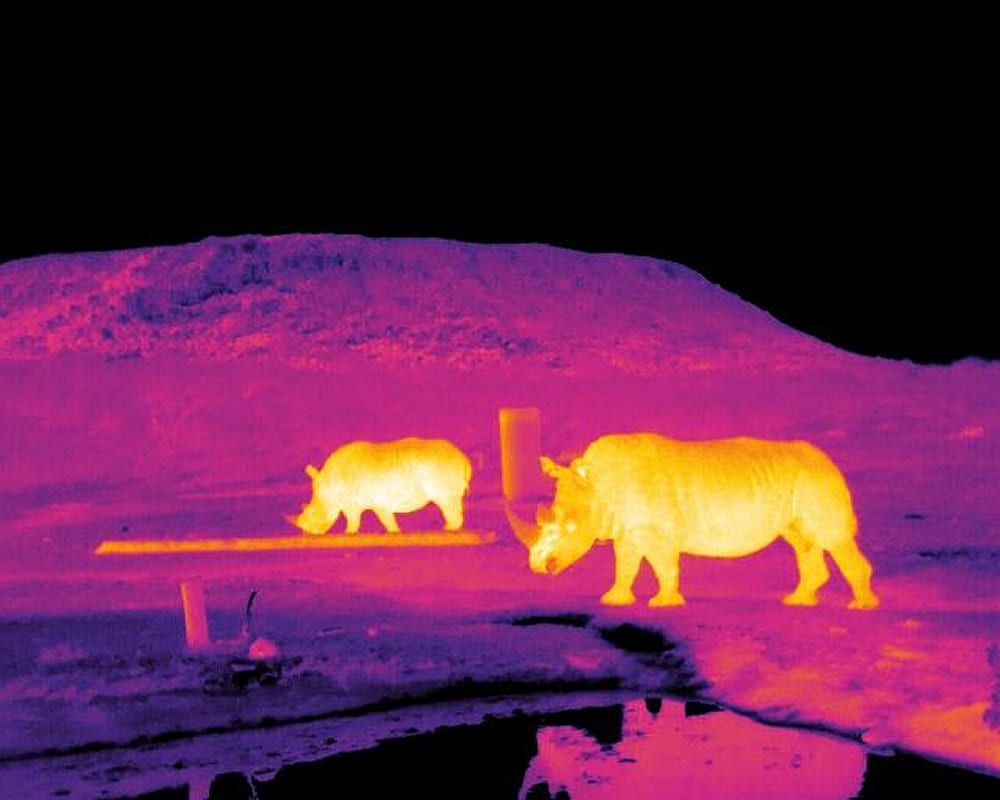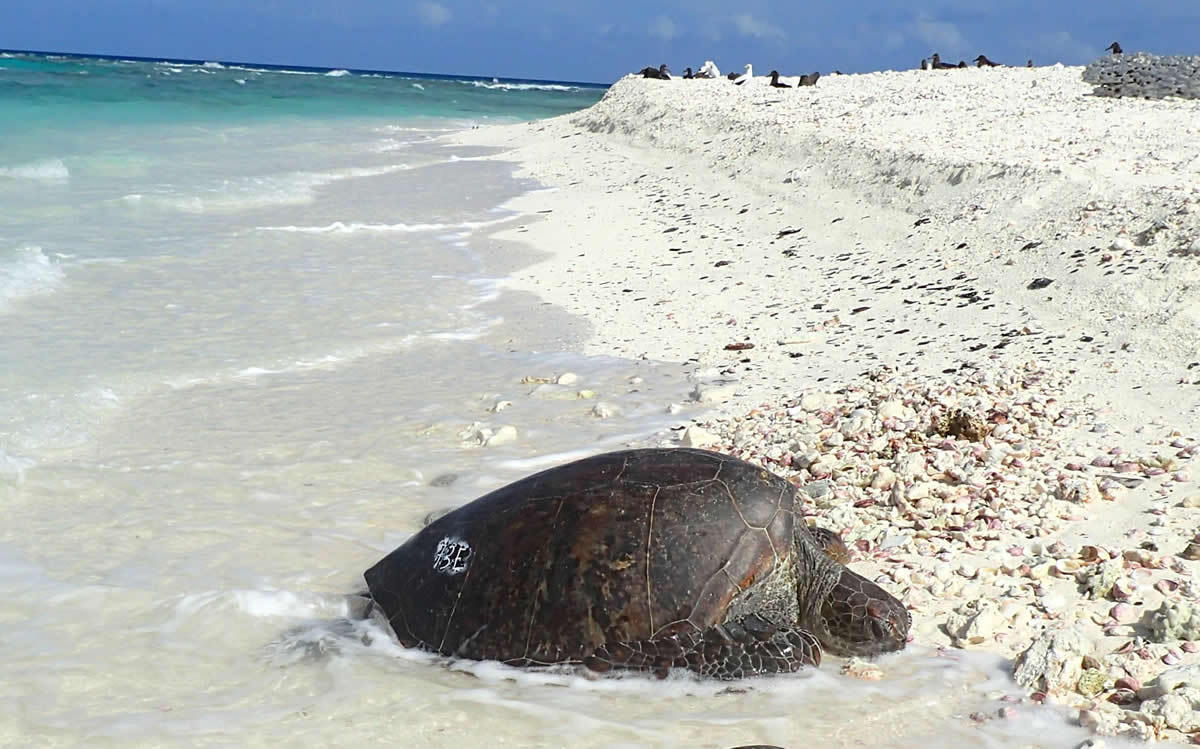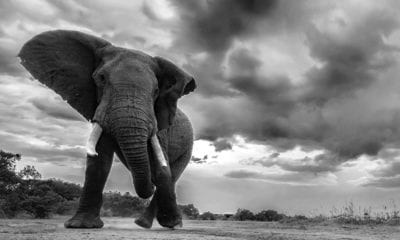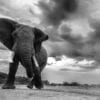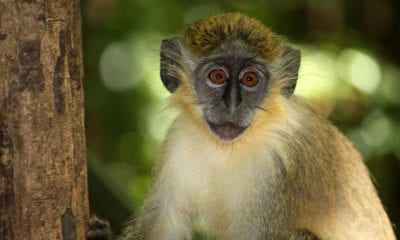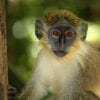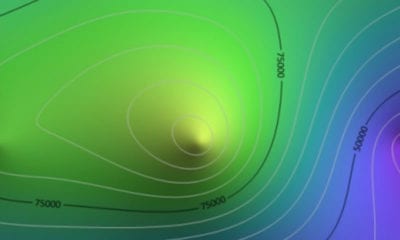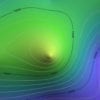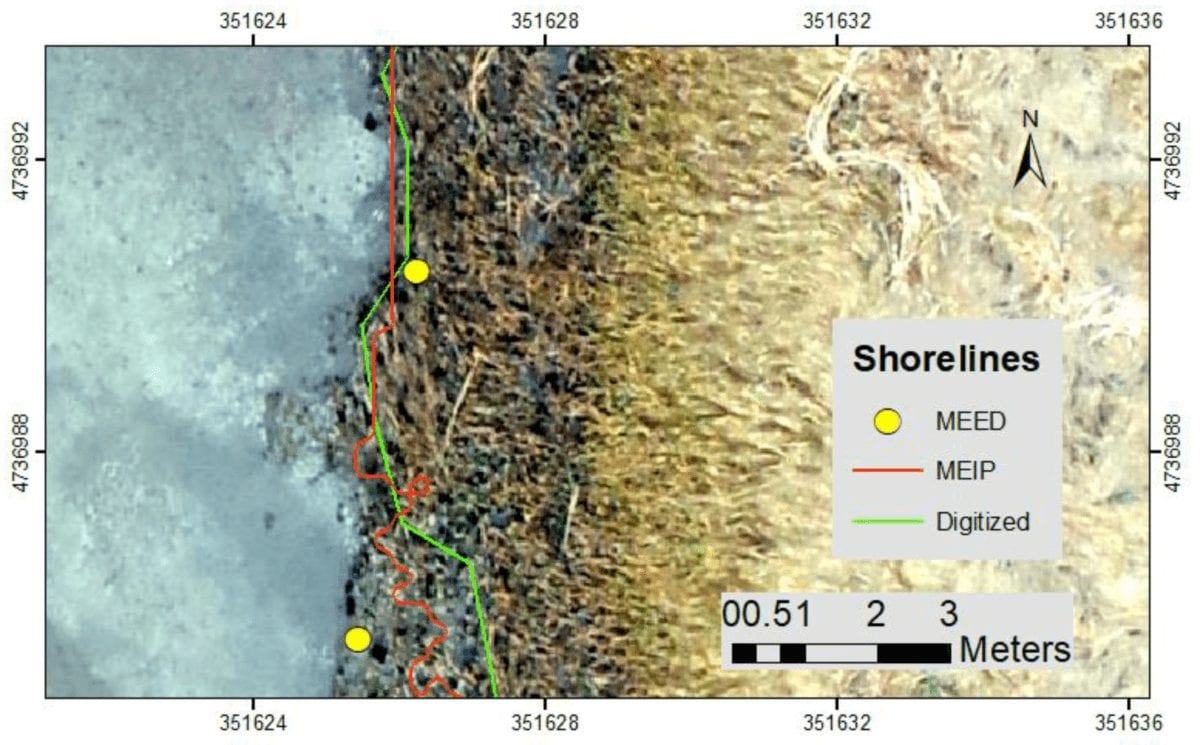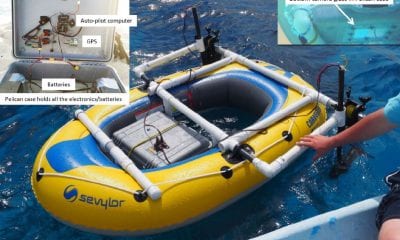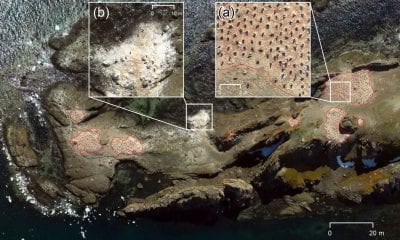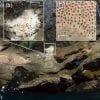Astrophysical Techniques and Drones Help Monitor Endangered Animals
As part of an initiative aimed at monitoring and protecting rare and endangered species of wildlife, astrophysicists and ecologists are teaming up.
The scientists from Liverpool’s John Moores University (LJMU) in the U.K. will use thermal infrared imagery captured from drones to automatically detect and identify animals; this technique will be particularly valuable with regard to poachers who operate mainly at night.
The scientists say the drones can survey large areas of difficult terrain from the air and this will enable the ecologists to access areas which are tricky to reach and monitor wildlife without disturbing the animals.
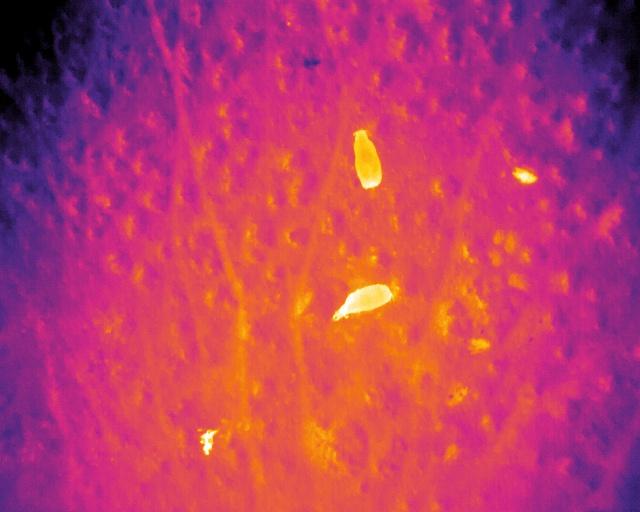
Infrared image of rhinos in South Africa taken from the drone during field tests of the astro-ecology project. Credit. Endangered Wildlife Trust/LJMU
The project was presented by Claire Burke at the European Week of Astronomy and Space Science (EWASS) in Liverpool on Tuesday, 3rd April.
According to Ms Burke by using thermal infrared cameras, the animals can be easily seen, even when they are camouflaged in their natural environment because of their body heat, and this is the case in daytime or at night.

Visible image of rhinos in South Africa. Credit: Endangered Wildlife Trust/LJMU
Burke says animals and humans in thermal footage ‘glow’ in the same way as stars and galaxies in space, so they have been able to combine the technical expertise of astronomers with the conservation knowledge of ecologists to develop a system which tracks the animals or poachers automatically.
The open source software Astropy forms the basis of the project which involves machine-learning algorithms and astronomical detection tools. The project follows on from a pilot initiative designed to test the concept with infrared footage of cows and humans filmed by drone at a farm in the Wirral, in Cheshire, which is a peninsula between the River Dee, the River Mersey and the Irish Sea.
The team has previously collaborated with Knowsley Safari and Chester Zoo in order to build up libraries of imagery to train the software to recognise different types of animals in different types of landscape and vegetation; this latest project sees the team embarking on field tests with endangered species.
Burke says they carried out their first field trial in South Africa September 2017 which aimed to detect Riverine rabbits, these particular rabbits are very small and are one of the most endangered species of mammal in the world.
The experiment involved flying the drone quite low to the ground at a height of 20 metres but despite this limiting the area the drone was able to cover, the team captured five sightings.
Meagre though this might appear Burke says it was a real success as to date there have only been about 1,000 sightings of Riverine rabbits by anyone in total ever.
The technical aspects of the project were presented at EWASS by Maisie Rashman on Wednesday 4th April. Maisie said that while humidity was often an issue, the major obstacle was when the temperature of the ground is very similar to that of the animal they are trying to detect. The team have now developed software that models the effects of vegetation blocking body heat, and this will aid the detection of animals concealed by trees or leaves; this system is now being refined and upgraded to compensate for atmospheric effects, weather and other environmental factors.
This is an exciting time for the astro-ecologists with their next field challenges in May, looking for orangutans in Malaysia and spider monkeys in Mexico, followed in June by a search for river dolphins in Brazil.
Burke says their aim is to produce a system that is easy for conservationists and game wardens to use anywhere in the world, which will allow endangered animals to be tracked, found and monitored easily and poaching to be stopped before it happens.

